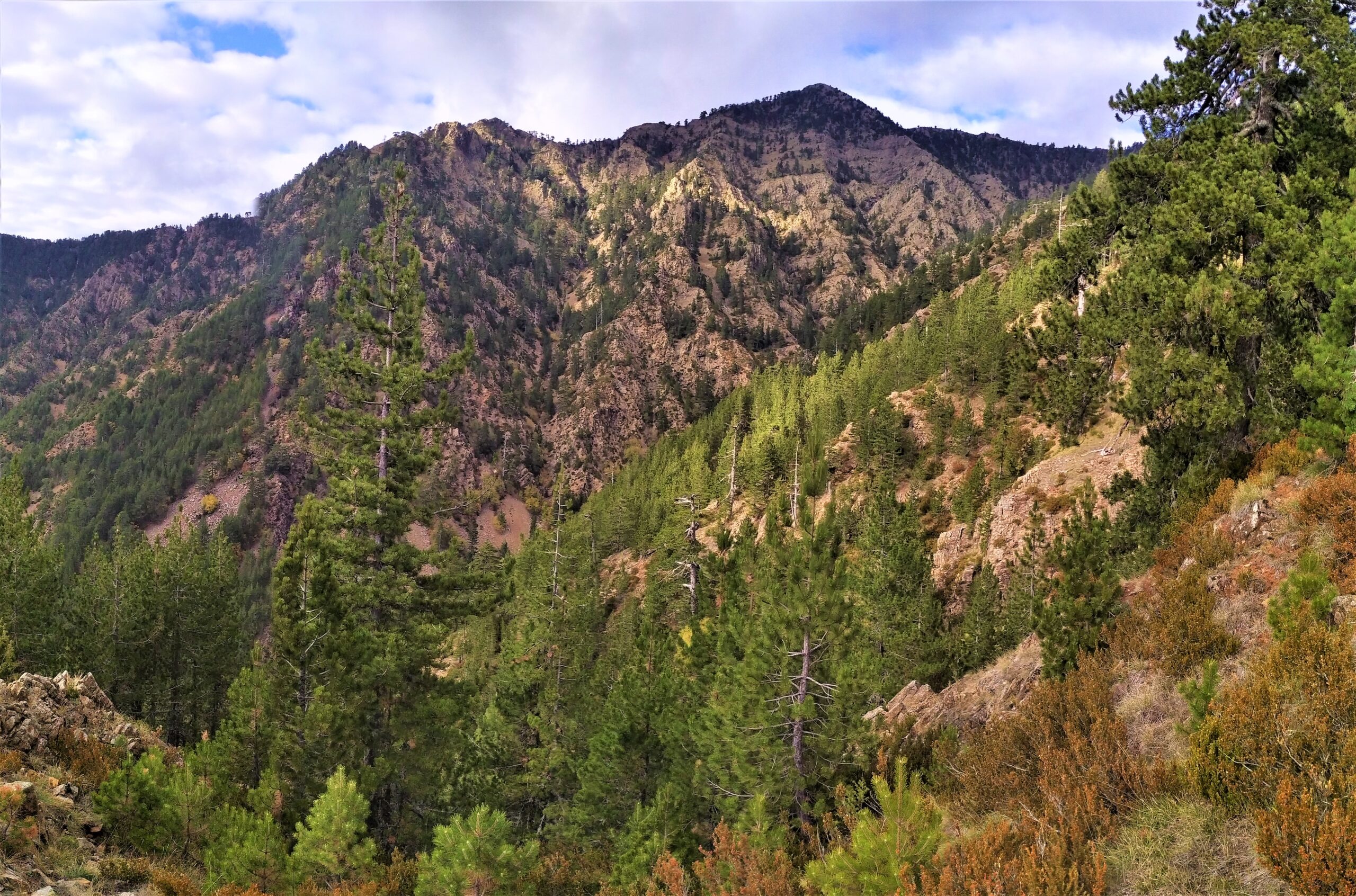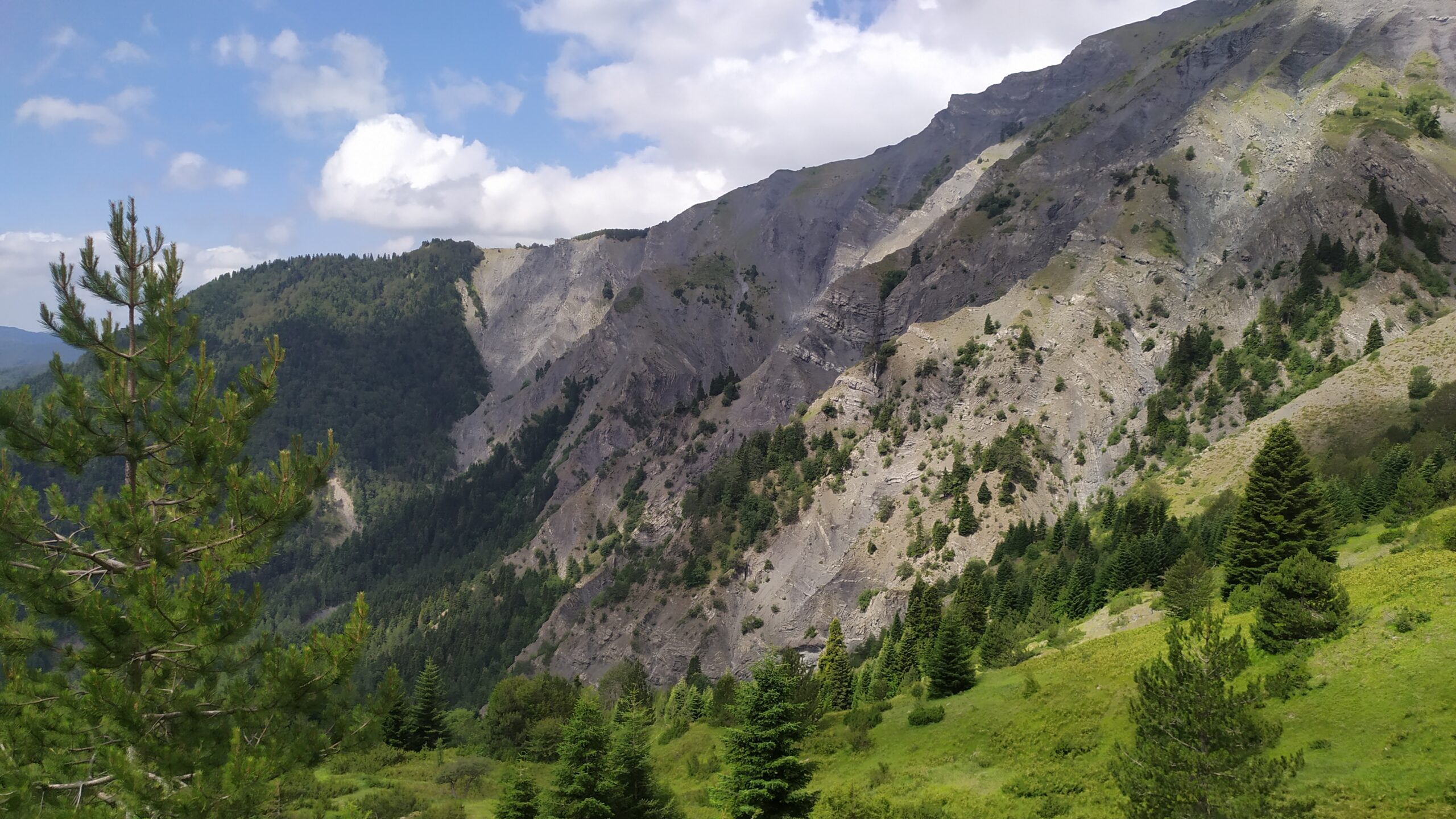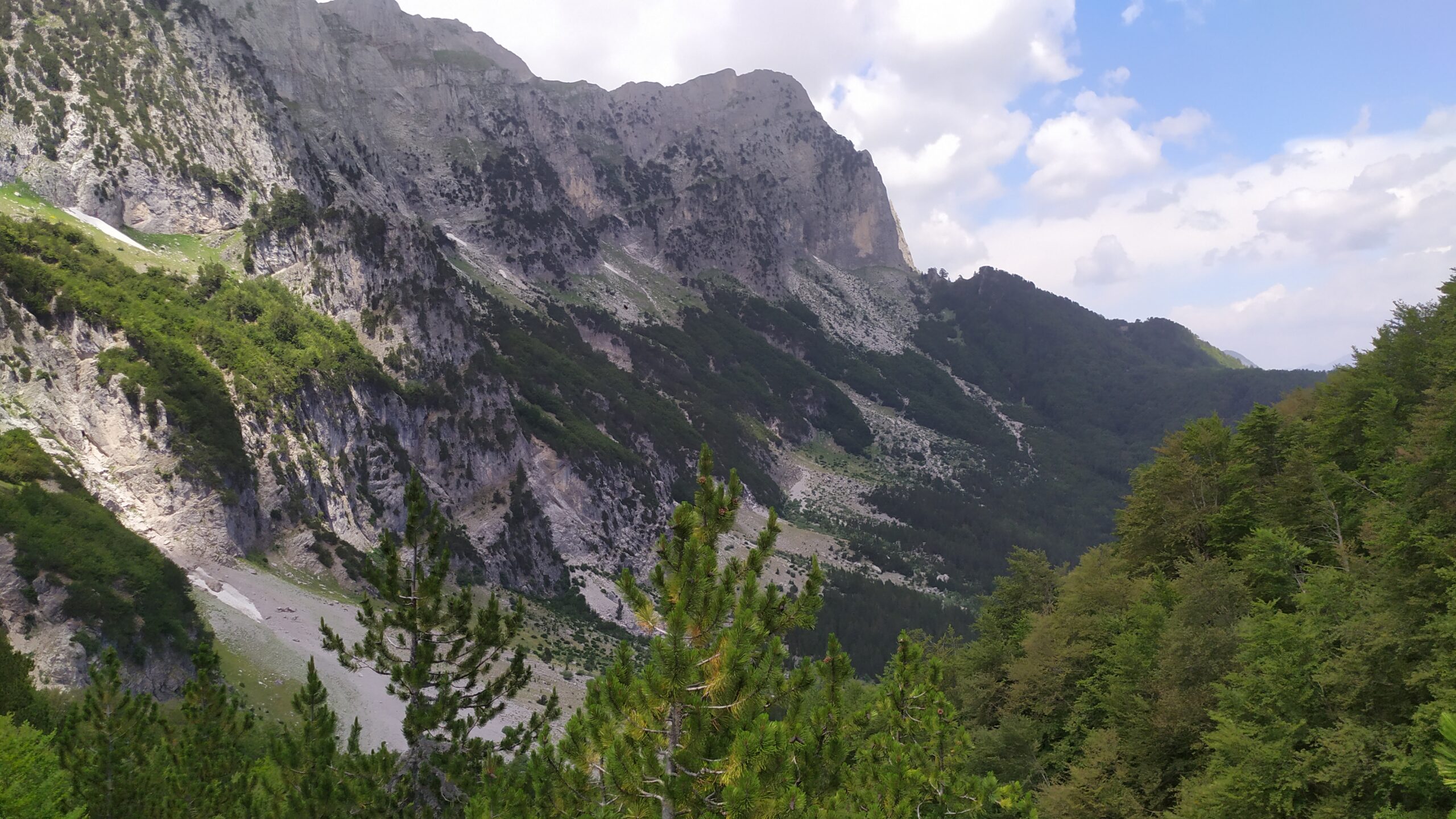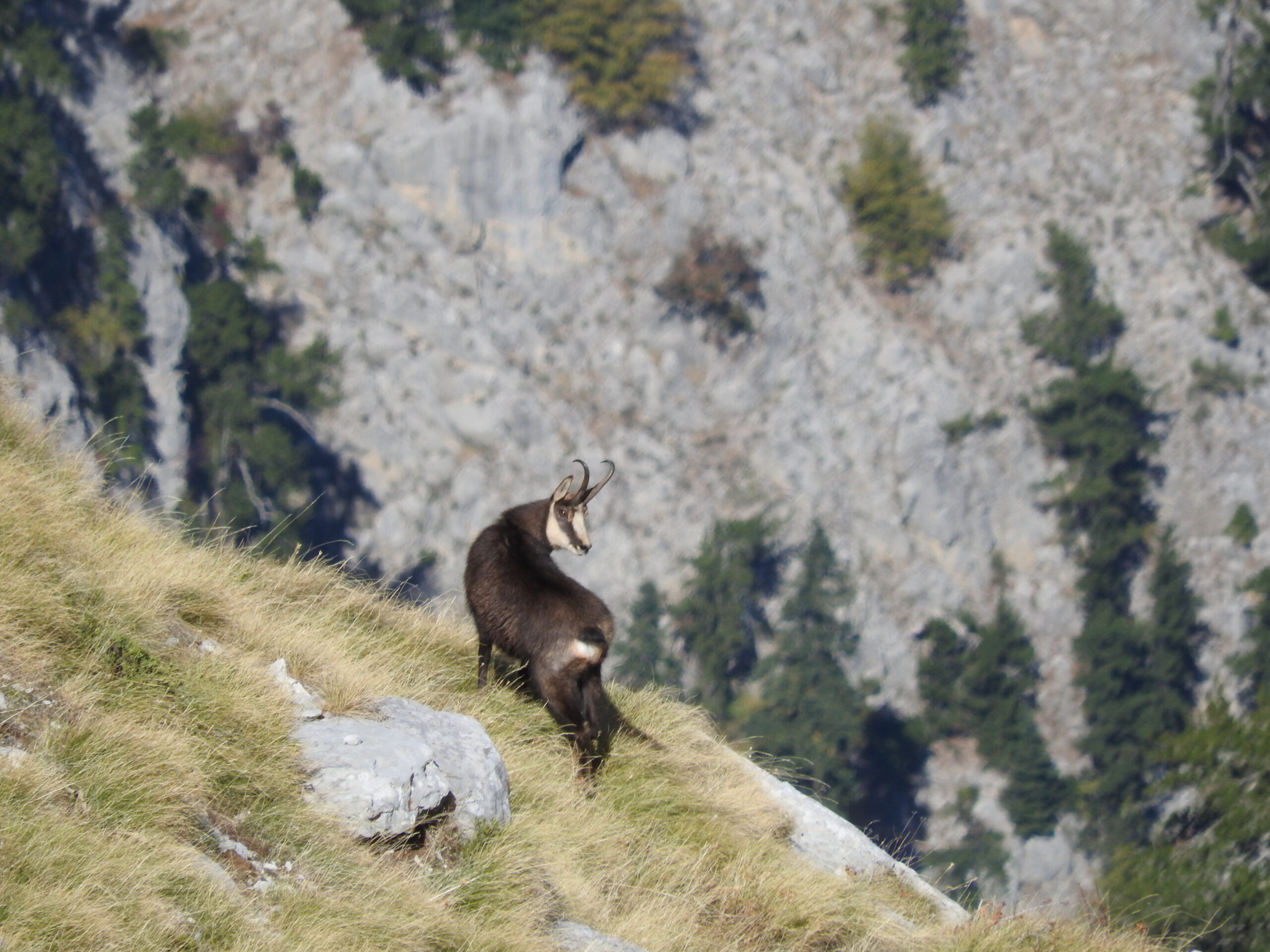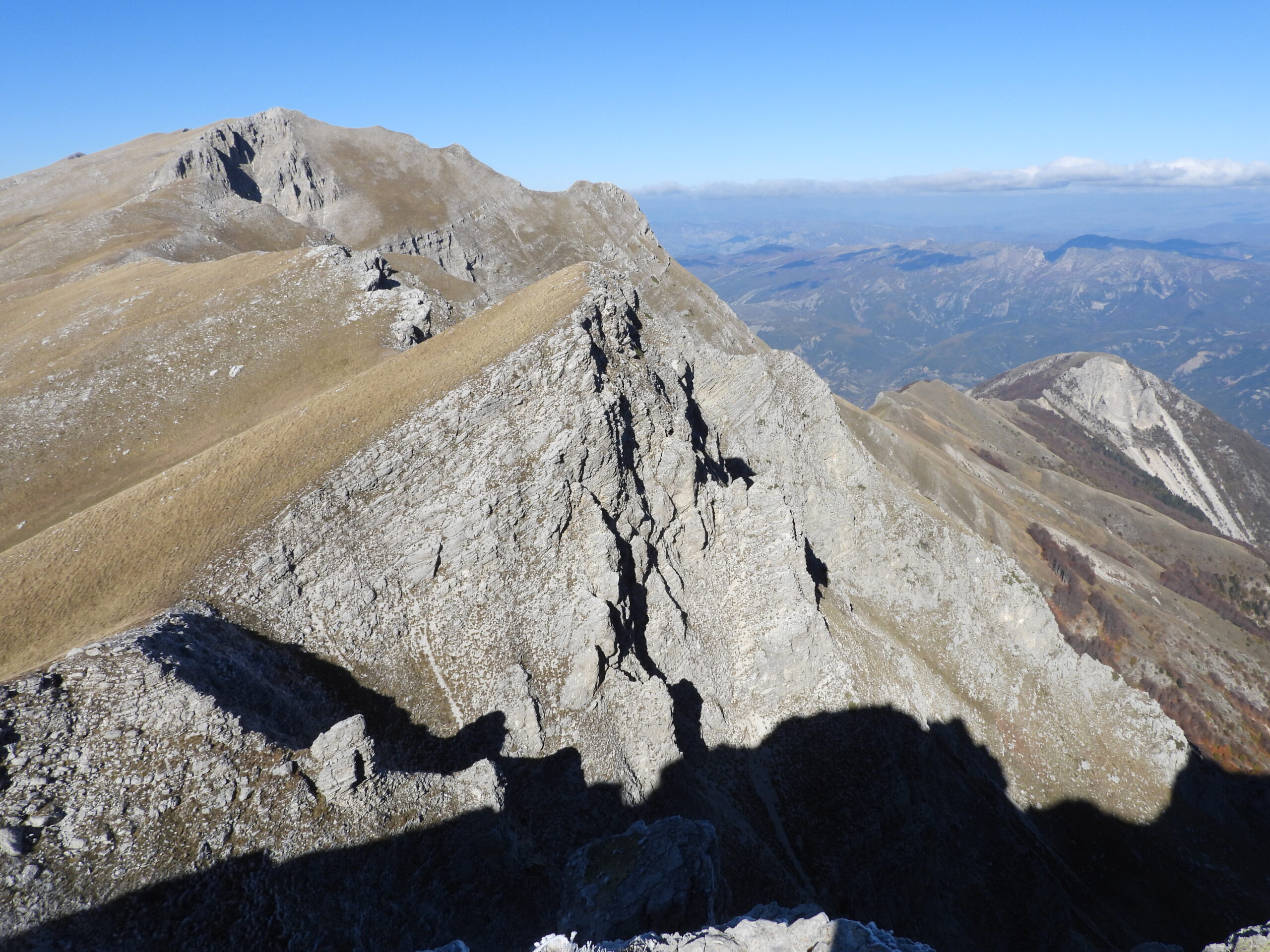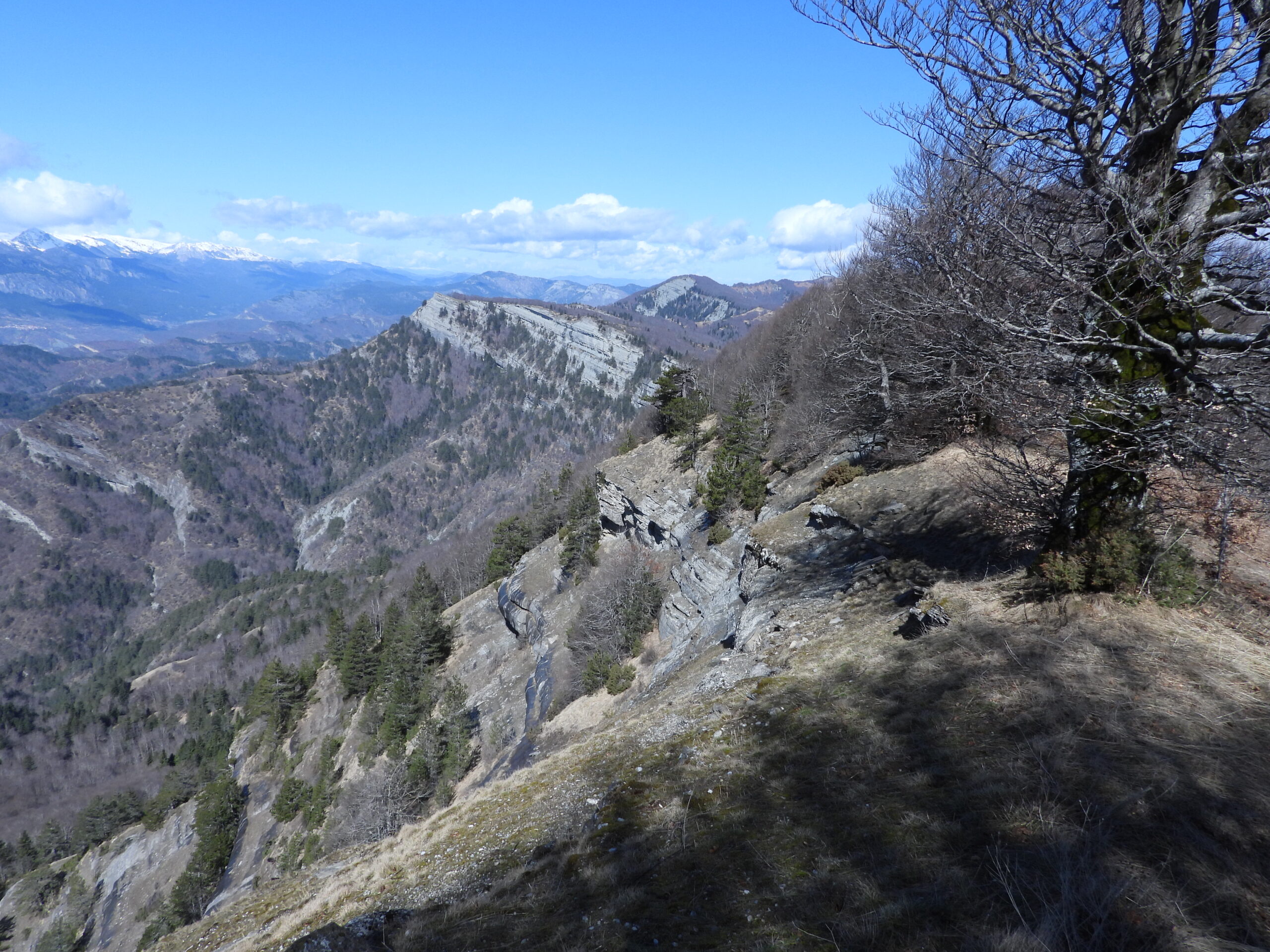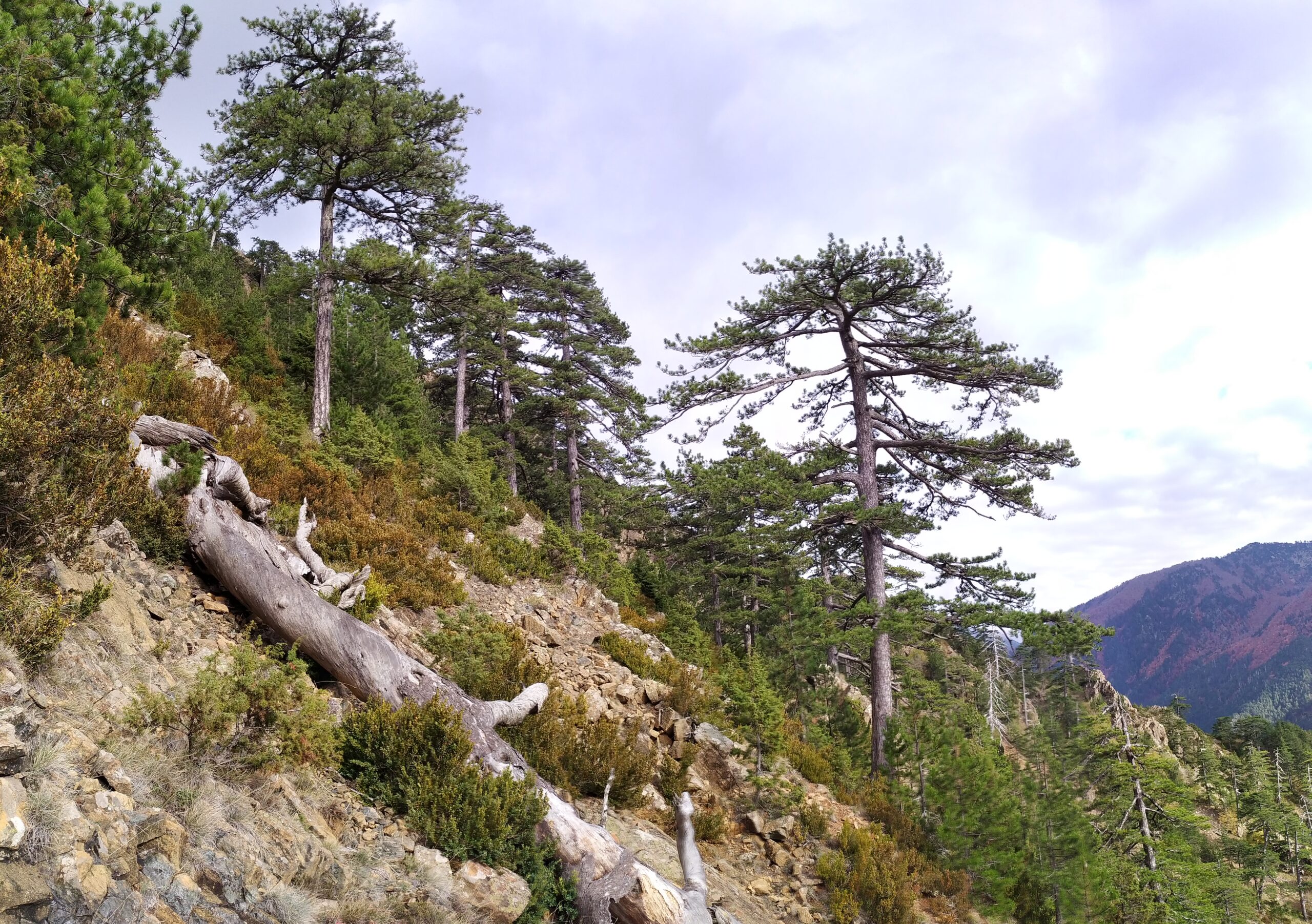Habitat – Ecosystem
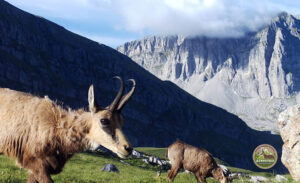 The classic description of the Chamois’s habitat corresponds to an alpine landscape, above the upper limits of the forest, on a steep and large mountain. In reality, the Chamois’s habitat consists of two areas. During the summer and autumn, Chamois are found at high altitudes, above the upper forest limits, in areas with alpine or sub-alpine meadows, as well as on bare, vegetation-free steep rocks. Later, at the end of autumn and the beginning of winter, they descend to lower elevations. Thus, in winter and spring, they are usually found on forested steep slopes at medium altitudes.
The classic description of the Chamois’s habitat corresponds to an alpine landscape, above the upper limits of the forest, on a steep and large mountain. In reality, the Chamois’s habitat consists of two areas. During the summer and autumn, Chamois are found at high altitudes, above the upper forest limits, in areas with alpine or sub-alpine meadows, as well as on bare, vegetation-free steep rocks. Later, at the end of autumn and the beginning of winter, they descend to lower elevations. Thus, in winter and spring, they are usually found on forested steep slopes at medium altitudes.
In general, throughout the year, Chamois change their place of residence according to climatic conditions and food availability. In summer, they prefer the higher altitude zones, where conditions are more favorable, as there is more freshness, cooler temperatures prevail, and the productivity of herbaceous vegetation extends at least until mid-July.
There, the Chamois frequent meadows, provided that they are located near steep cliffs and gullies, acting as escape routes in case the Chamois need to flee for safety. In these areas, the Chamois remain until the mating season, which lasts until the end of autumn.
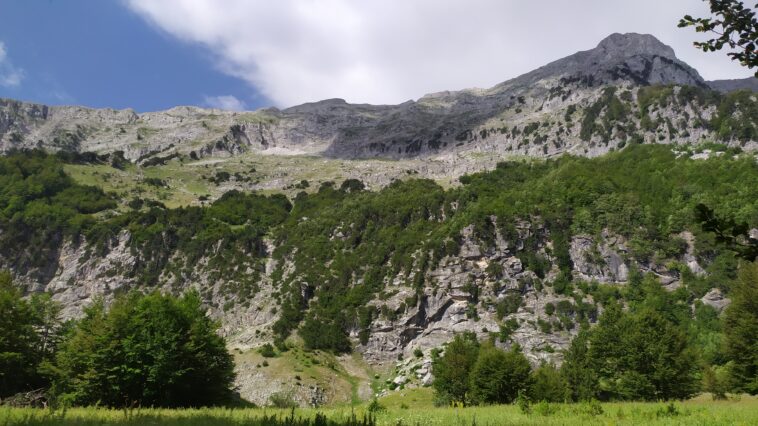 As winter approaches, with the first snowfalls, the Chamois descend to lower altitudes, usually to slopes with southern exposures. The wintering areas of the Chamois are typically found within or include forests. A necessary condition, of course, is the presence of steep slopes. In early spring, they are found in forests at medium altitudes, where there is more available food. Then, in late spring, as the snow melts, Chamois gradually return to the higher altitude zones.
As winter approaches, with the first snowfalls, the Chamois descend to lower altitudes, usually to slopes with southern exposures. The wintering areas of the Chamois are typically found within or include forests. A necessary condition, of course, is the presence of steep slopes. In early spring, they are found in forests at medium altitudes, where there is more available food. Then, in late spring, as the snow melts, Chamois gradually return to the higher altitude zones.
However, there are cases where all, or at least some, of the Chamois of a population remain within the forest throughout the year. As strange as it may seem, it is possible that the Chamois were “forced” in the past, due to disturbance from human pressures, to “inhabit” the high-altitude zones of the mountains. However, today, we may be witnessing a process of the Chamois’s return to its “lost habitat,” as we can find populations both in “classic” habitats at high altitudes (e.g., 1800-2400m) and in particularly low altitudes, such as at 400m-500m. This proves that altitude is not necessarily one of the main factors that characterize the Chamois’s habitat. What is definitely a prerequisite for an area to be considered a suitable habitat for the Chamois is the presence of steep slopes with many small valleys and ravines, which can provide calm and an escape route, and thus protection, in case of a danger.



